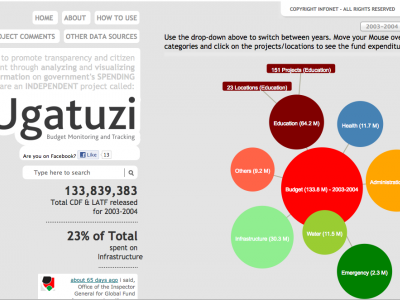
In 2010, Chevron was preparing to release a campaign called "We Agree" which featured messages from ordinary people explaining what they think the oil company should do, such as "support local schools and communities". On the website, visitors were invited to click "I agree" and join the community of concerned consumers, supposedly guiding the oil company's decision-making process. This was widely recognised as a flagrant 'greenwashing' strategy, used to deflect criticism of the oil industry's negative environmental impact.
Rain Forest Action Network (RAN), Amazon Watch (AW) and the Yes Men set out to undermine Chevron through a perfectly-timed culture jamming stunt. The activists' campaign began with a press release from a spoof Chevron domain, which launched a fake “We Agree” site hours before the real Chevron could launch the actual campaign. The fake “We Agree” site featured four 'improved' advertisements, which featured damning messages like "Oil companies should clean up their messes" and "Oil companies should respect democratic institutions, not run them".
By the time Chevron released their own campaign, the fake campaign had already been published across different media channels. As Chevron attempted to remedy the situation, the activists continued to release more false information, confusing everyone. This forced the company to release statements 'exposing' the other campaign as false, thus drawing even more attention to it and the company's controversial business and environmental practices.
Culture Jamming
Culture jamming – the act of challenging or disrupting dominant discourse with a dose of subversion and creativity – uses hacking and the spreading of disinformation as tactics. To create their disruptions, culture jammers often use the same tools used by mainstream media channels and marketers. Subvertisments – clever subversions of advertisements – are one such example. Princess Hijab made a name for herself 'niqab-ising' scantily-clad advertising images in the Paris metro. Adbusters, a magazine featuring subvertisements of famous brands like Diesel, Calvin Klein and Nike, is another well-known resource. Examples like these can be traced back to the work of artists such as Ester Hernández, who in the early 80s was already creating parodic ads, notably her Sun Mad poster, which was censored in California for drawing attention to environmental contamination through pesticide use.
Why use it?
Culture jamming is an excellent tactic to use when you want to draw attention to the unethical practices of a particular group or corporation. Because culture jamming involves co-opting the space of that group, it can be a viable alternative for resource-strapped organisations unable to mount a counter-campaign. Advertisements are designed to reach large numbers of people, and an effective hijacking of that platform will do the same.
Using humour in your campaigns is also more engaging and makes for a more memorable message, as will a hint of the unexpected. Practices such as shop-dropping, or doctoring product stickers or labels and returning them to store shelves, make an impact precisely because they are surprising and direct.
How can I use it in my campaign?
Here are some general tips to keep in mind when applying culture jamming techniques in your campaign:
- Balance the message with the art
The examples cited above, while visually and conceptually arresting, were also supported by clear, solid messages. Don't let the container outshine what you really want to present to your audience. Make sure the style complements the substance and not vice-versa. - Know your audience
Just as every billboard has a target demographic, your action should also have a specific audience in mind. Try and think of your audience's preferred media platform, language, geographical location and other factors that will influence the reach of your action. Occupy George, for example, saw revealing information about wealth inequality stamped on dollar bills and distributed to US citizens. Since real dollar bills are easy to enter into circulation, their message travelled far. - Timing is everything
Don't underestimate the effectiveness of a well-timed action. In some cases, you can time your action to coincide with events or anniversaries that are already planned. In other cases, it is better to react rapidly after an unexpected event, to hijack the resulting media spotlight. - Know your cultural references
The more familiar you are with the cultural currency of a place or region, the more effective you will be at subverting, flipping or disrupting it. A culture jamming action that is taken out of its original context can become totally innocuous. - Be convincing
Culture jamming actions can't be done halfway. If you can manage to intervene in the official channels of communication, you will be able to successfully get the attention of the public and the media. The Yes Men, for example -- who conduct pranks where they impersonate CEOs of big corporations or put out false press releases -- are masters at this.
Legal issues
Repurposing logos or impersonating corporations can have serious legal ramifications which you should be aware of before planning your campaign. Corporate materials are subject to intellectual property rights, and repurposing these materials for use in an anti-campaign can be considered defamation. Application under fair use is the most common workaround; seek legal advice if you are unsure.
Case Studies
In order to circumvent internet censorship in China, bloggers have created a lexicon which makes puns -- out of words and phrases in the Chinese language -- to talk about forbidden topics. It started with the 'grass-mud horse' (cáo ni ma) – a mythical creature which sounds nearly the same in Chinese as a dirty insult – created as a tool to ridicule the government's blocking of vulgar content online. The grass-mud horse has since gained a personality, making its way into art, poetry and numerous online videos.
The grass-mud horse has an enemy: the 'river crab'. 'River crab' is a near homophone of 'harmonious society', the term used by Chinese president Hu Jintao to describe the reasoning behind censorship. And in folk language, the word for 'crab' also means 'bully'.
In the song and music video 'The Song of the Grass-Mud Horse', the horse fights the river crab and wins. With its tinny children's voices singing dirty words and images of lamas with shaggy hair, the video mirrors the patronising approach of censorship. It seems to say, “if you want to treat us like children, we'll act like children.” But its message is clear. As one blogger told Wired magazine, “The grass-mud horse (草泥马) represents information and opinions that cannot be accepted by the mainstream discourse, and 'The Song of the Grass-Mud Horse' has become a metaphor of the power struggle over Internet expression.”
Source: 10 Tactics
All over the world, netizens who are incensed -- or even just bemused -- by their politicians and governments or national celebrities use mockery, irony and absurdity as measures to express dissent and undermine power. From photographs of the president of North Korea looking at things to fabricated texts from Hillary Clinton, Tumblr blogs elicit laughter and give ironic insight into politics, society and culture. Spoof news sites such as ZA News capture readers' attention through their artful parody of current affairs, using humour and satire to cut through official spin and expose the often absurd nature of official news. Molleindustria creates games revealing the dark side of the institutions and industries on which technology relies.
Spoof websites can hit hard - such as the fake Assad Foundation website – actually a scathing critique of the atrocities of the Syrian regime – and Lukashenko's Lu-Net, a group of websites Belarusian activists created in mock honour of President Alexander Lukashenko, after he promised to increase internet censorship.
Video remixing can be a creative and less time-intensive way around limited video resources. Using existing footage found on the Internet and some editing software, a video remix has the potential to spread virally and reach a large audience. Zenga Zenga mashed up footage of a Muammar Gaddafi speech with hip-hop beats. A Fair(y) Use Tale spliced together clips from Disney films to illustrate the ridiculousness of copyright principles. For more examples, check out our hands-on workthrough on Creating a Video Remix or a Mashup.
Further resources
- Beautiful Trouble is an excellent compilation of tools and examples for the creative activist, available both as a book and online. The articles are divided into Tactics, Theories, Principles, Practitioners and Case Studies, all written by a variety of experienced contributors. They have also created a web visualisation that allows you to explore the content in a more interactive way.
- Actipedia, a joint project of the Center for Artistic Activism and the Yes Lab, is an open-access, user-generated database of creative activism. Users can contribute examples of how activists and artists are using creative tactics and strategies to challenge power and offer visions of a better society. Each example is tagged by topic, and comments are encouraged.
- The Department of Media at the Coventry School of Art and Design have created an entire course around Creative Activism called An Open Class in Creativity for Social and Cultural Change. All the course materials and examples are offered for free on their comprehensive website.
- There are also a number of relevant case studies in the Explore Tactics section on the website of New Tactics for Human Rights.

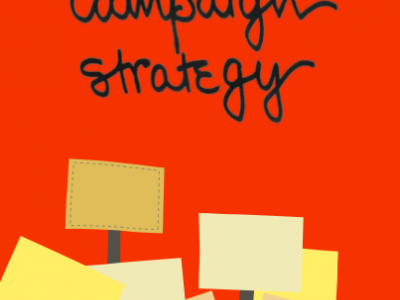
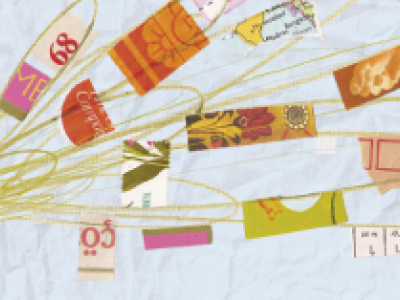



















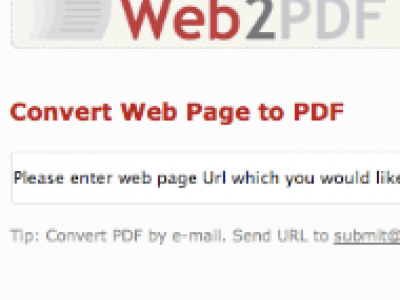




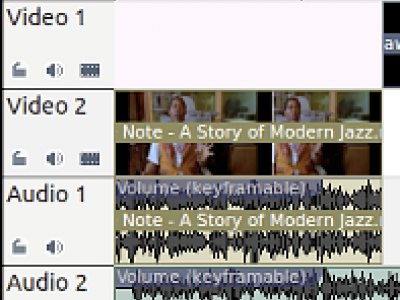

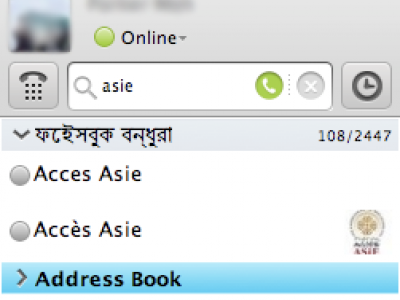
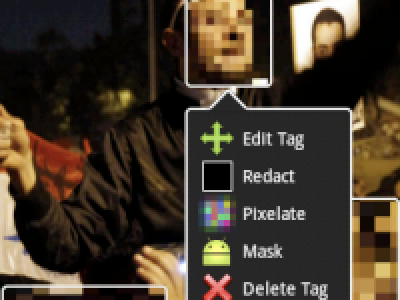

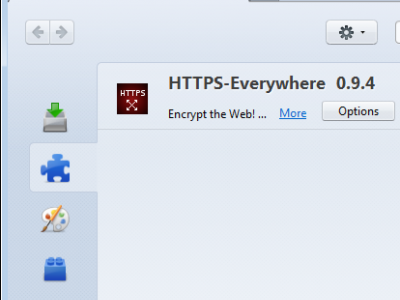

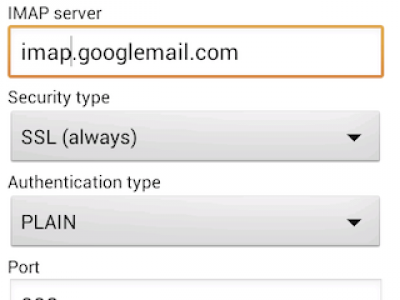
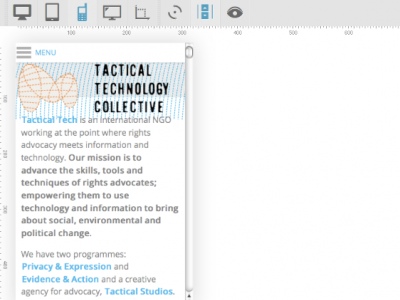

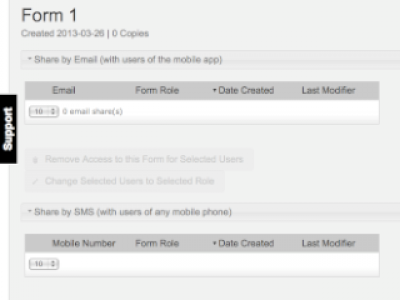


.png%3Fitok=rF0KWQB6)
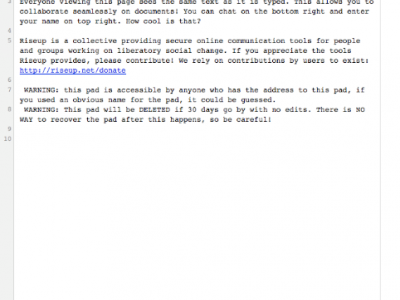
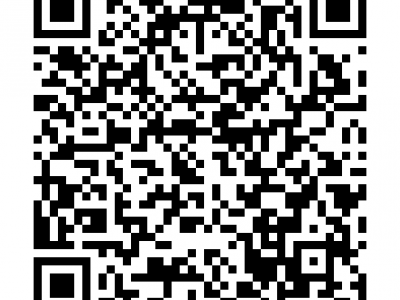

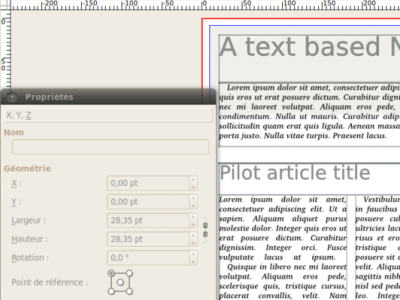



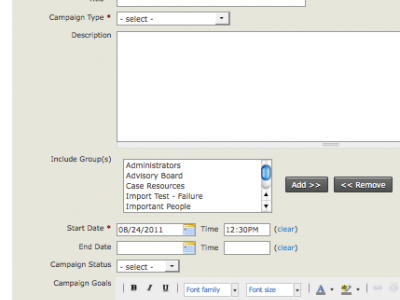

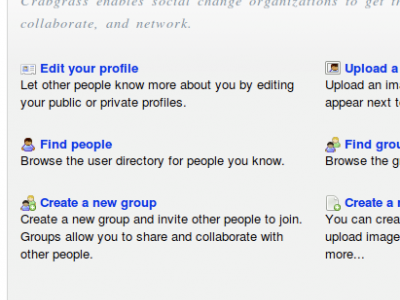

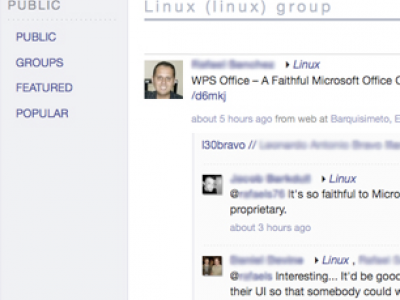




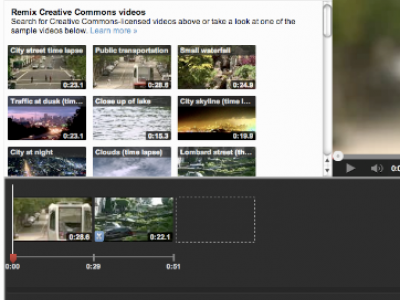
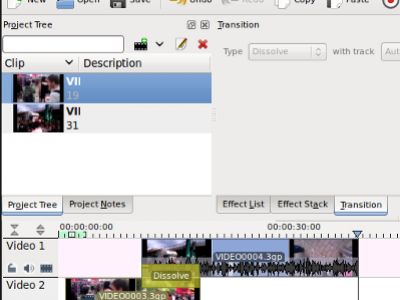
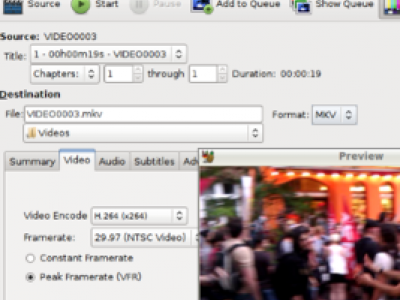
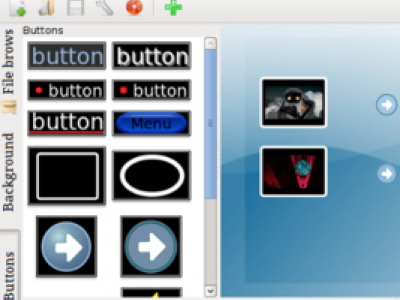








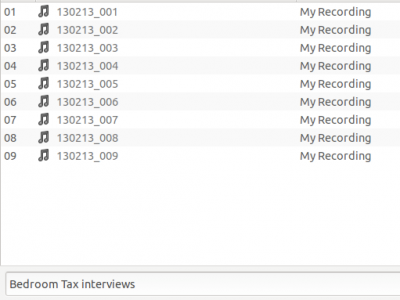
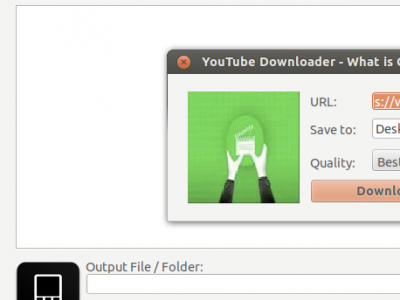








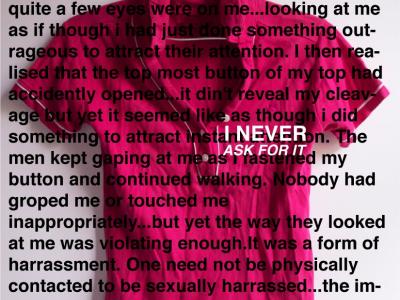









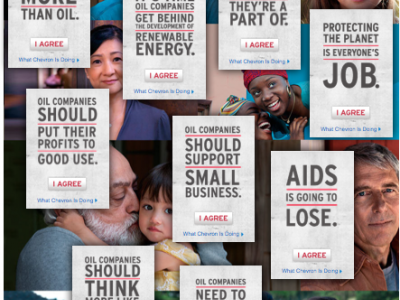
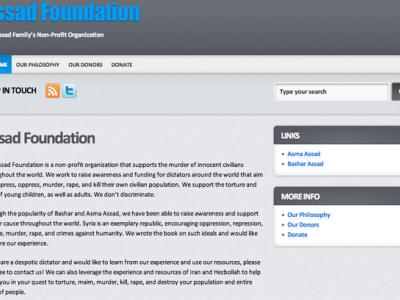

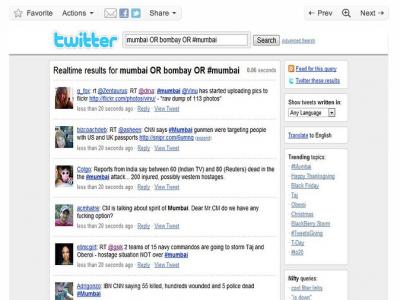


.jpg%3Fitok=pXDTLHzY)
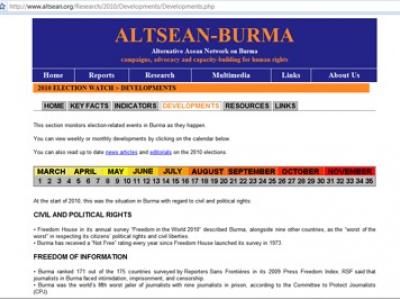


.jpg%3Fitok=3tJxk_zi)
.jpg%3Fitok=AIh9YY_n)




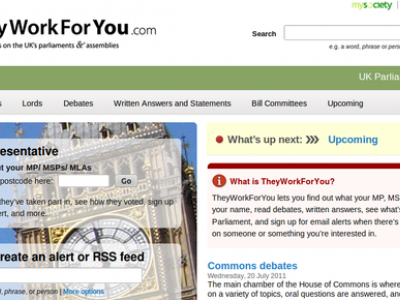


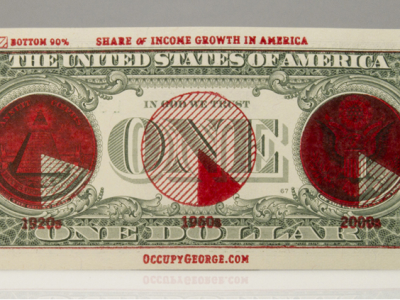
.jpg%3Fitok=1X702tBf)
